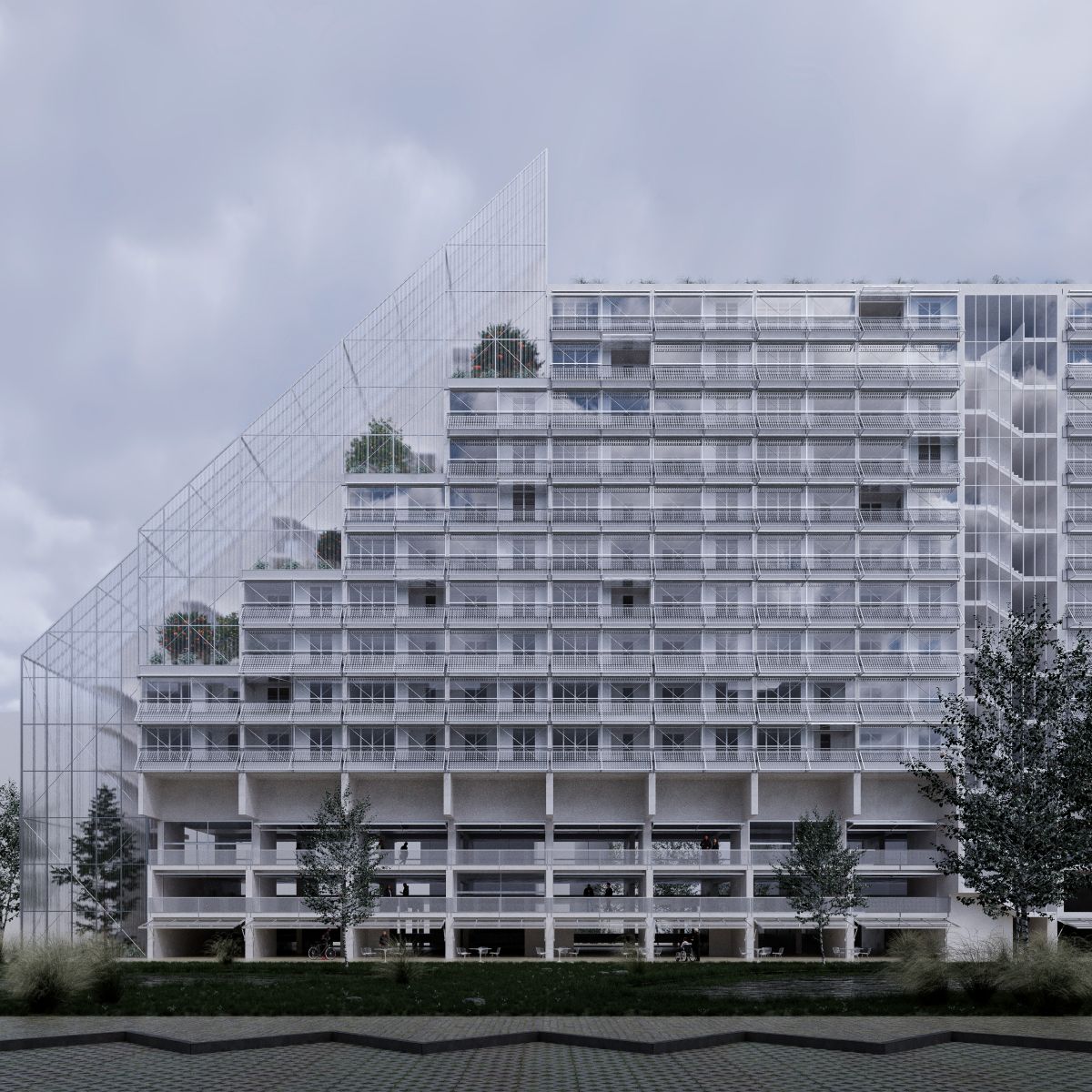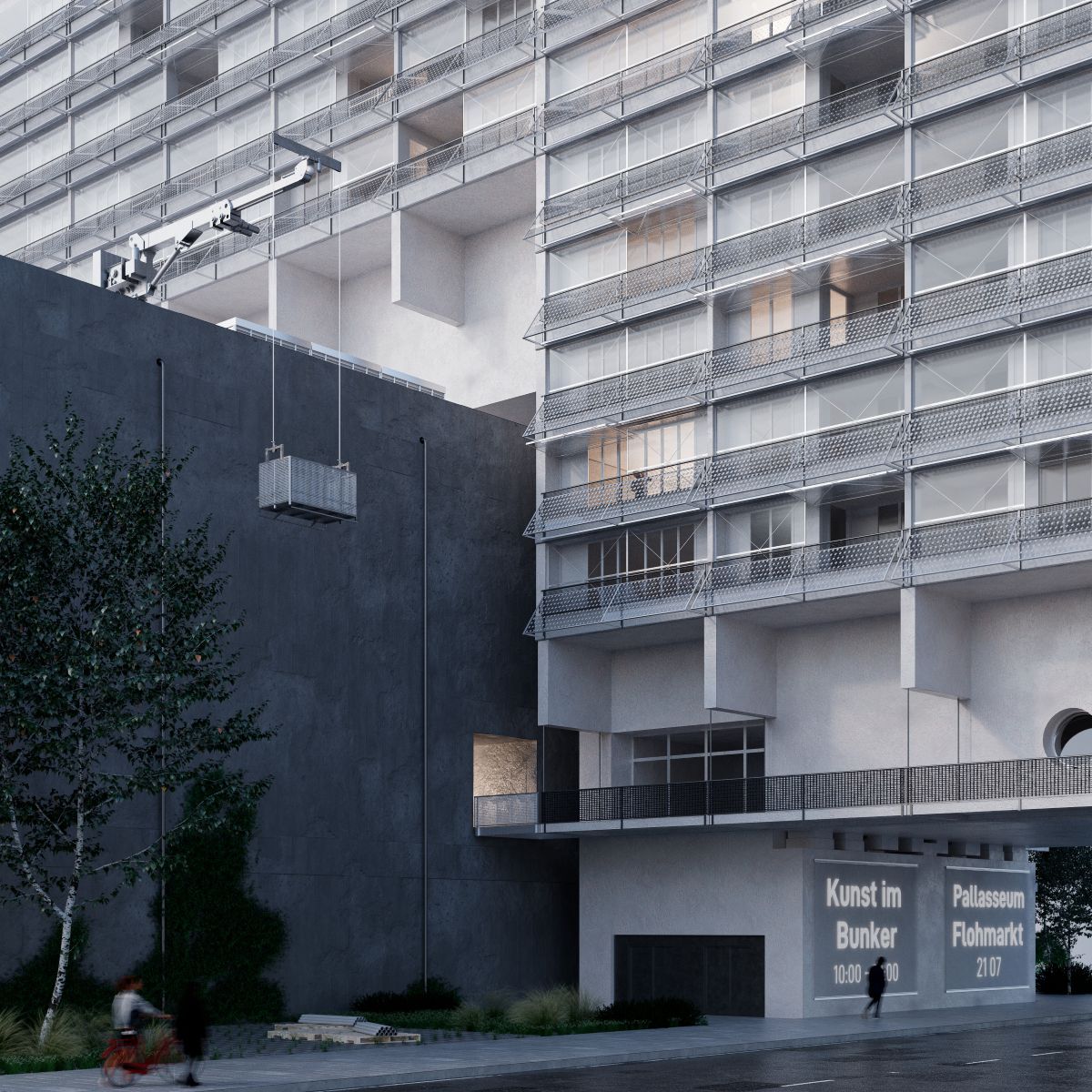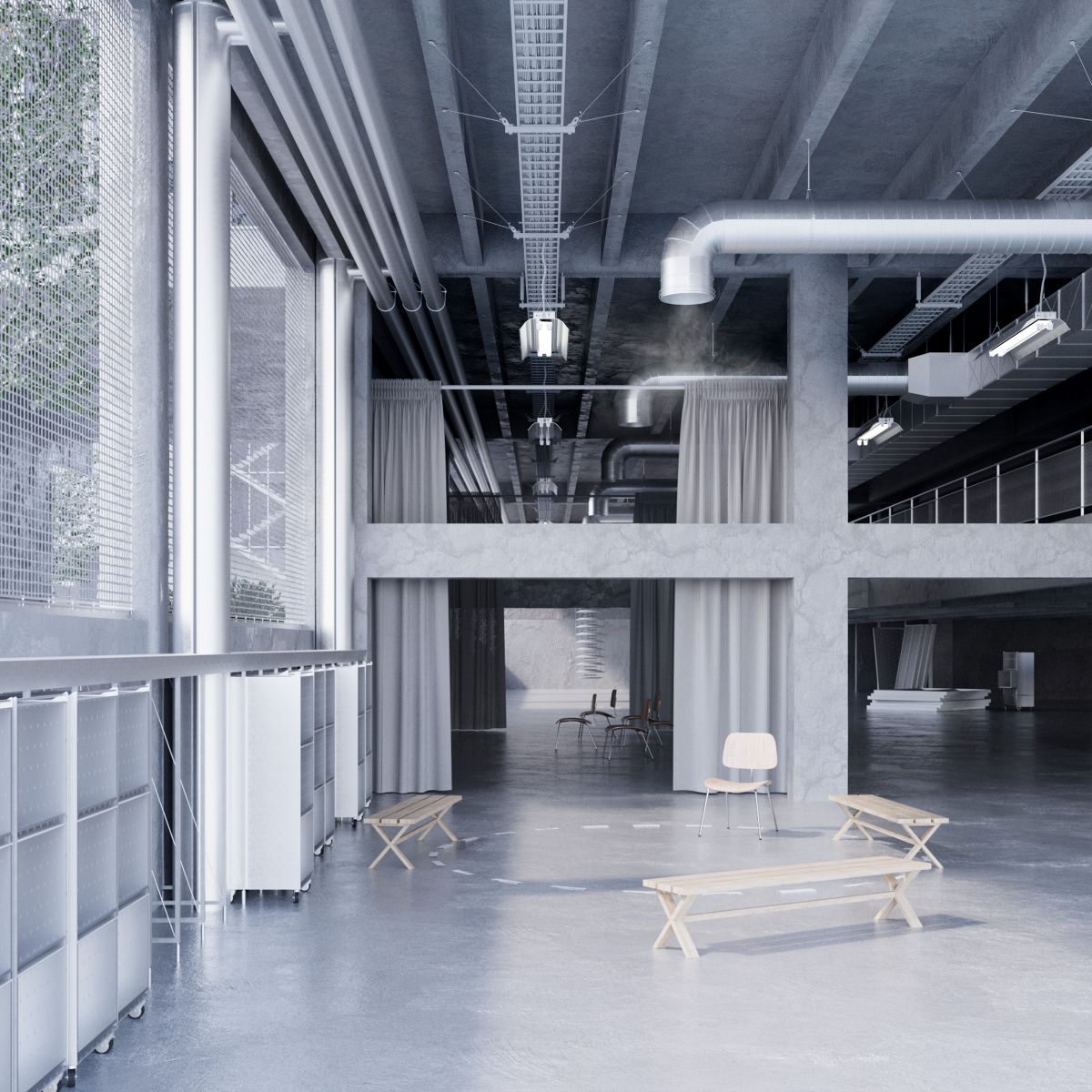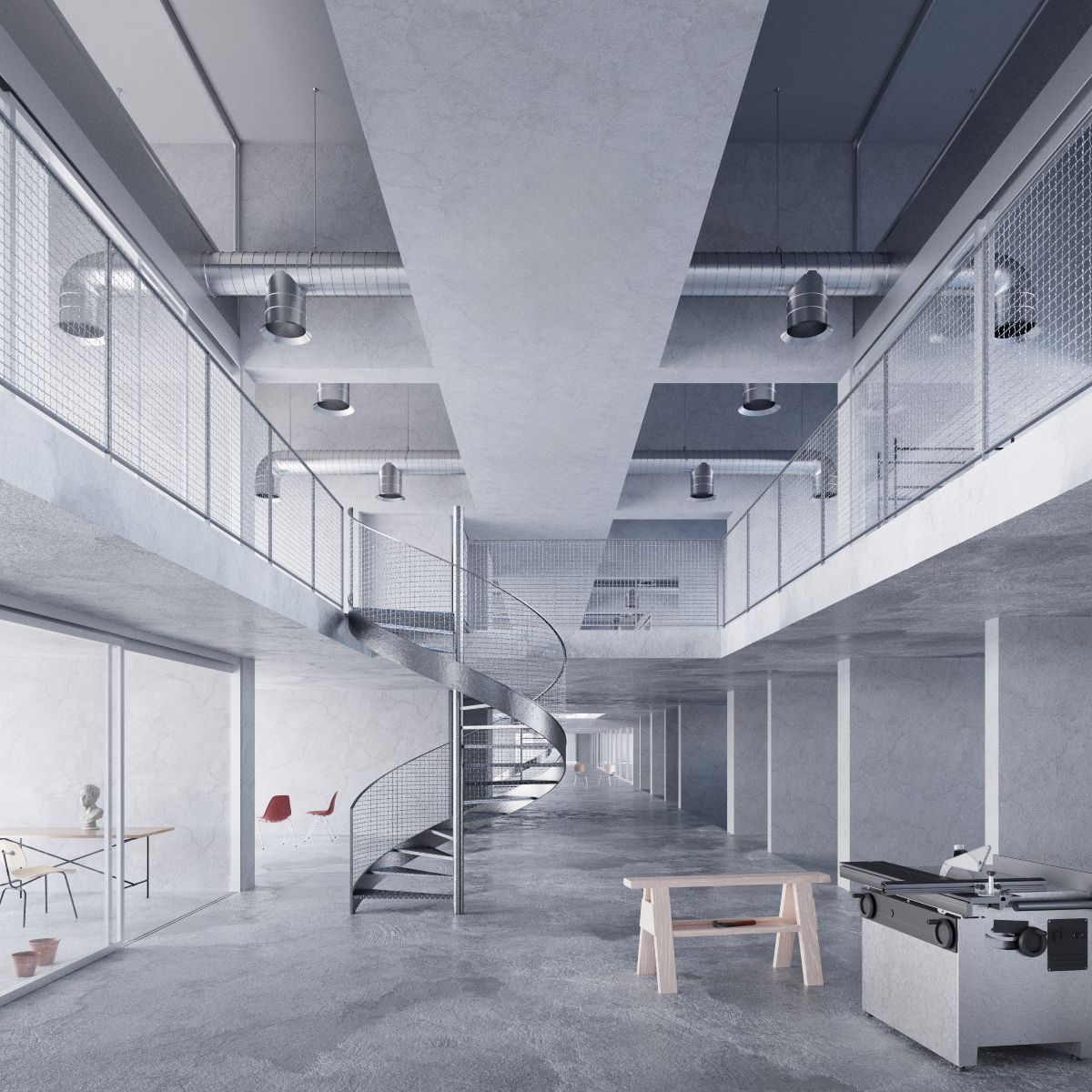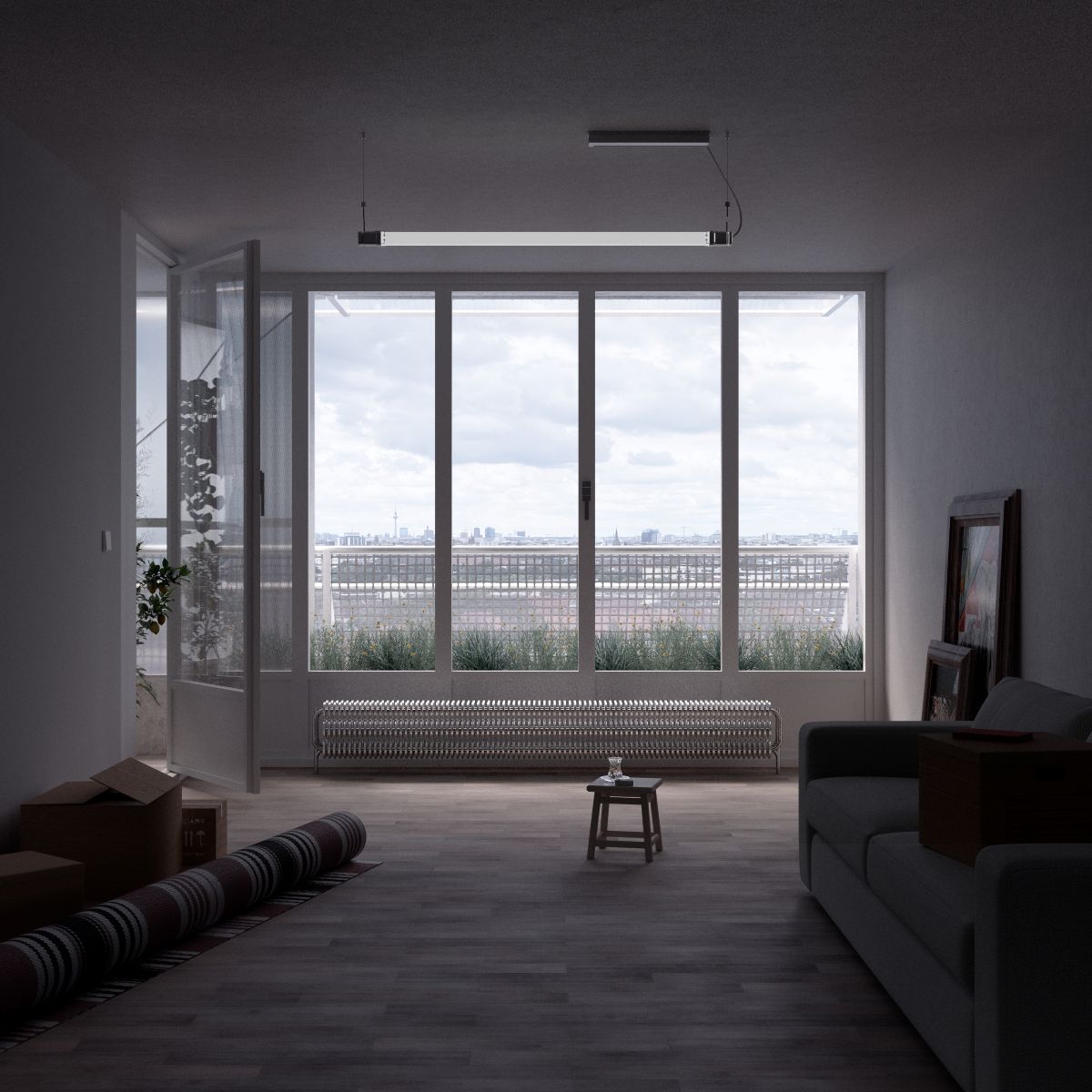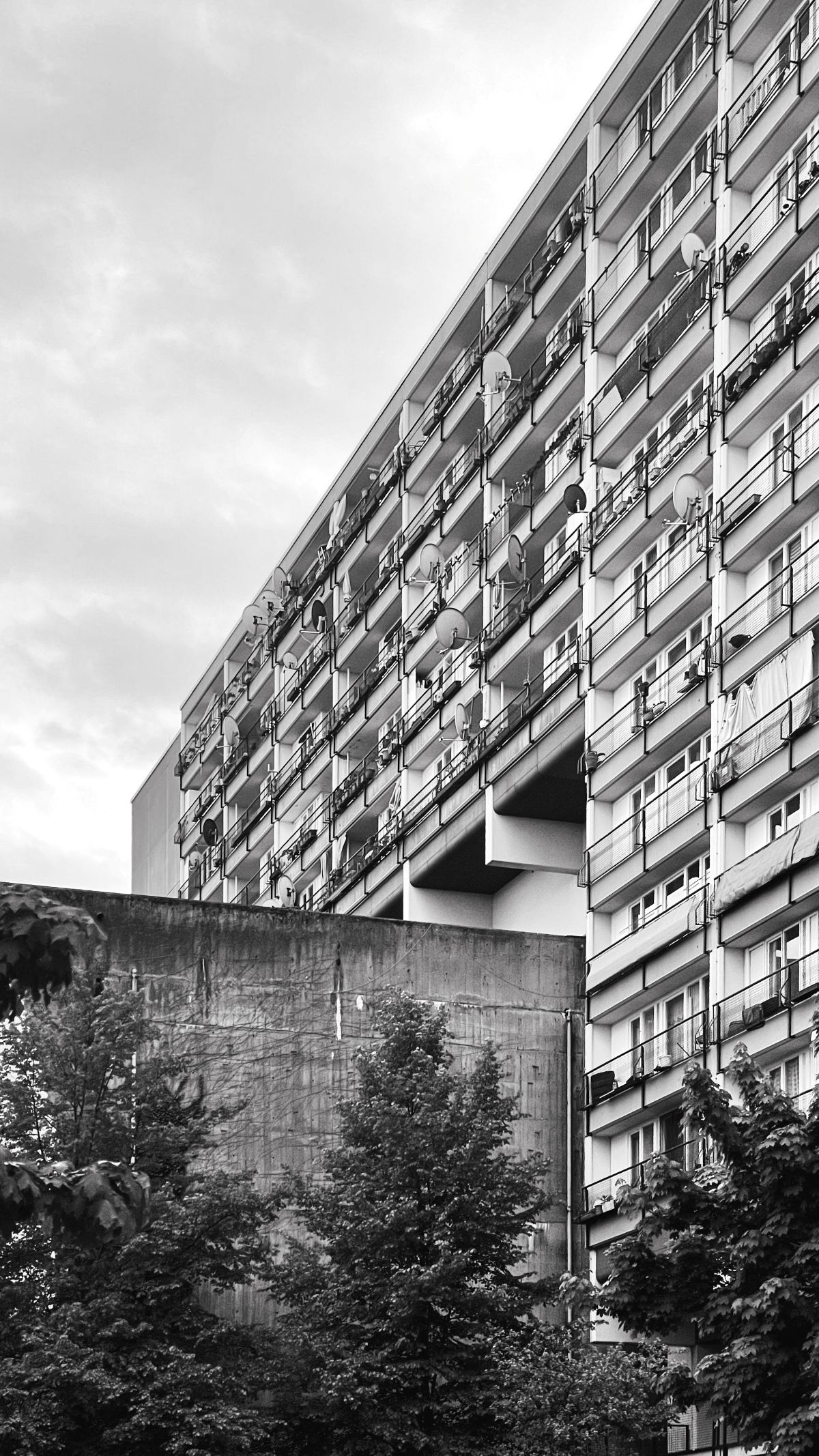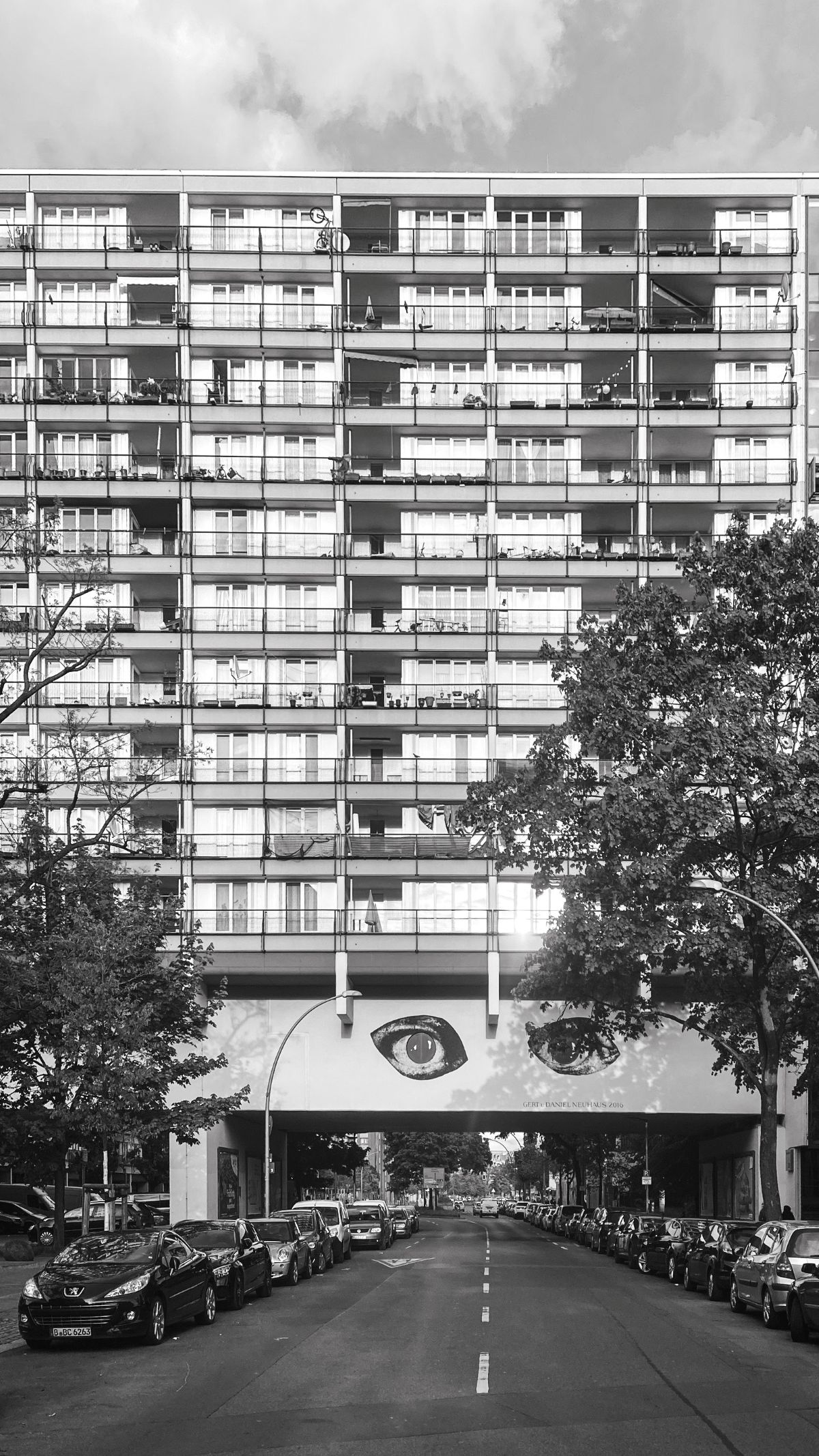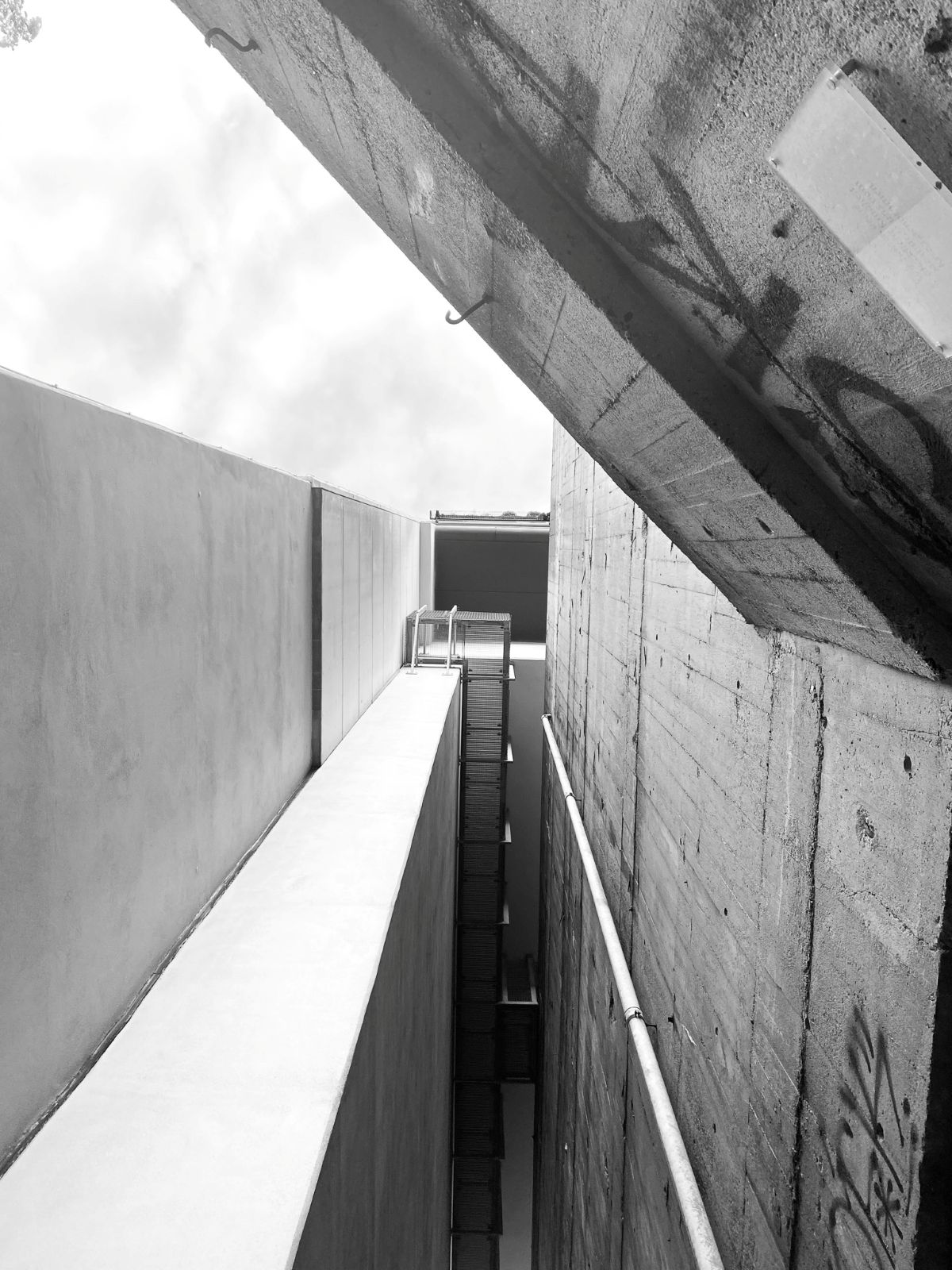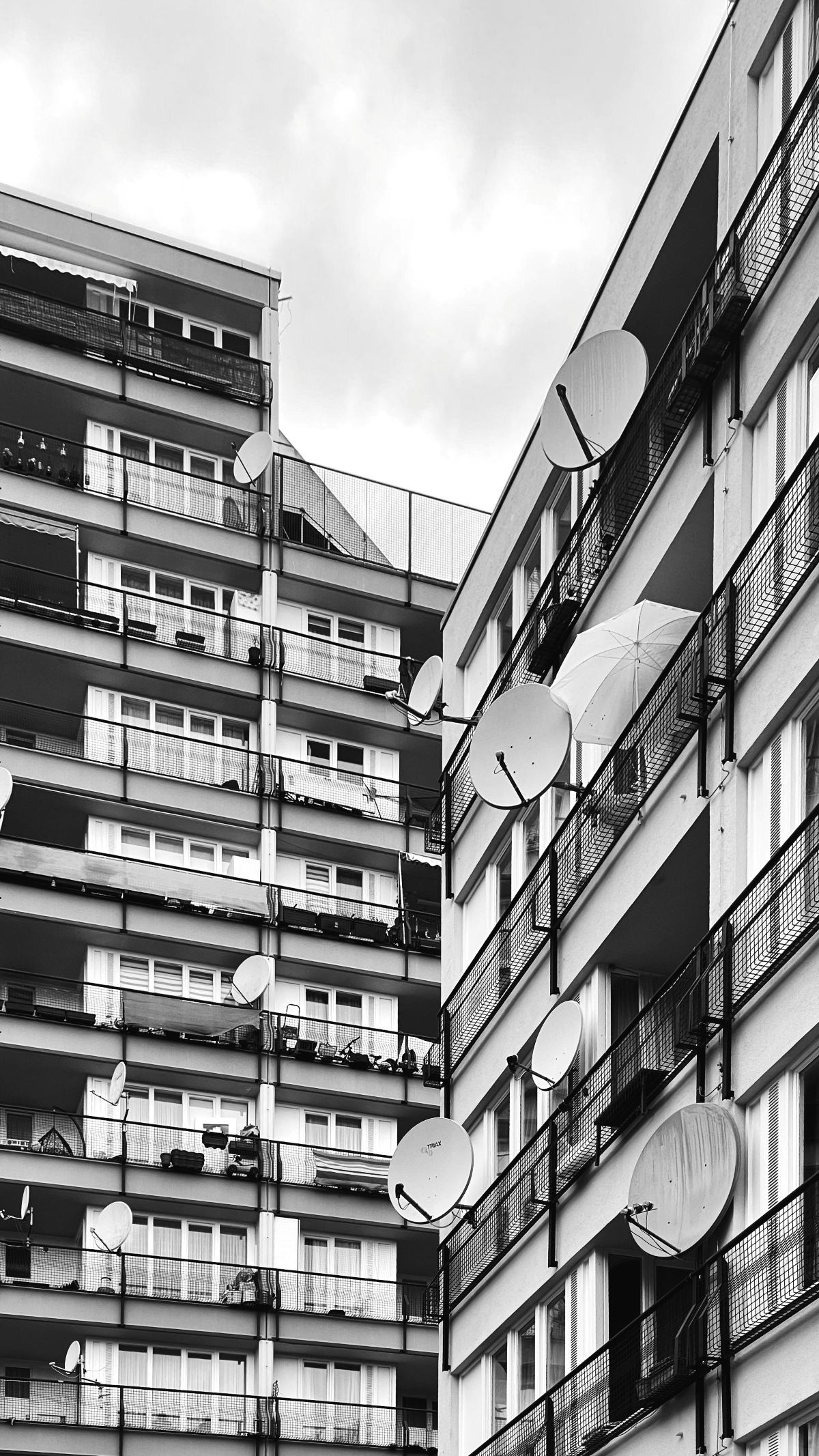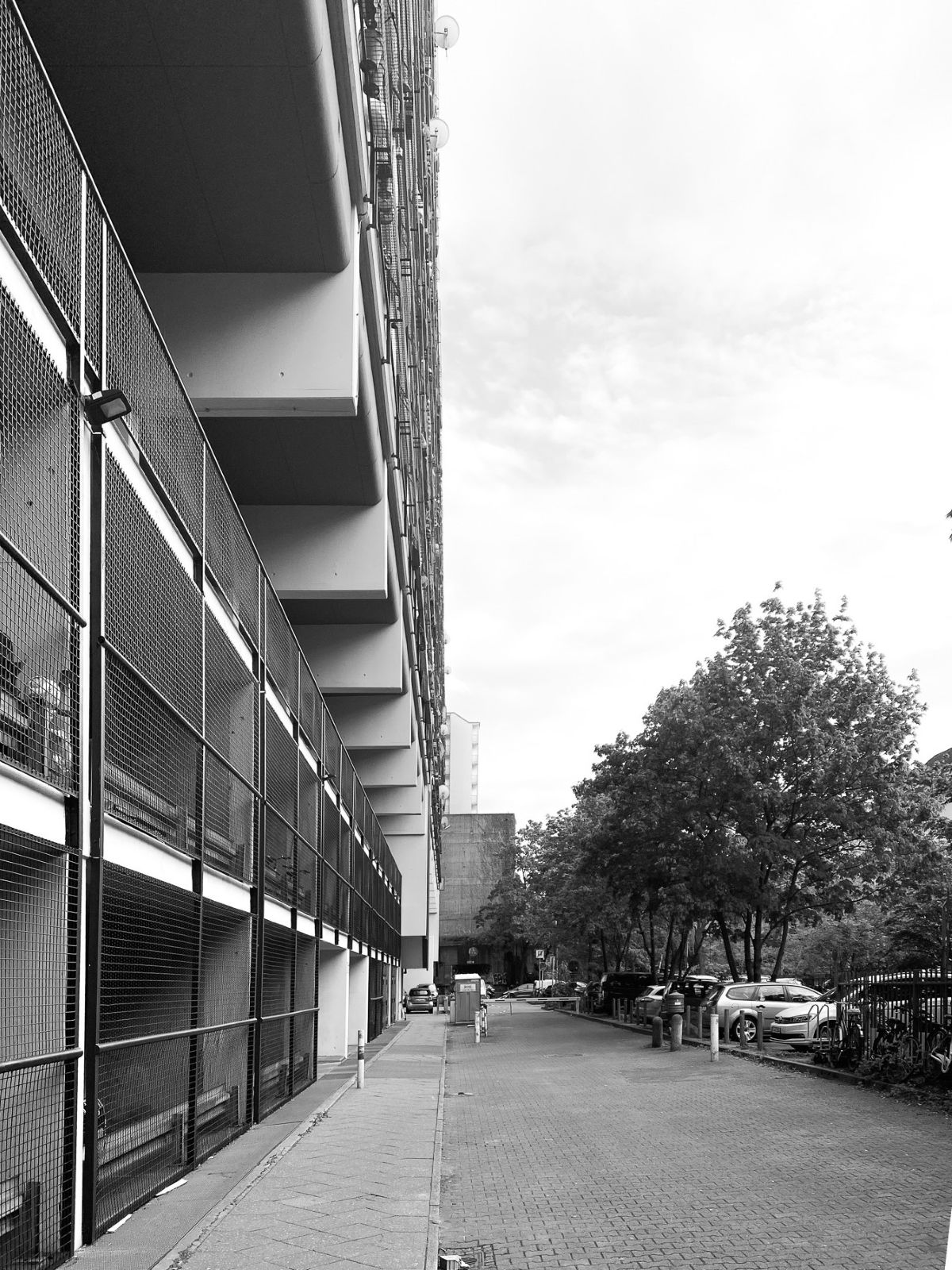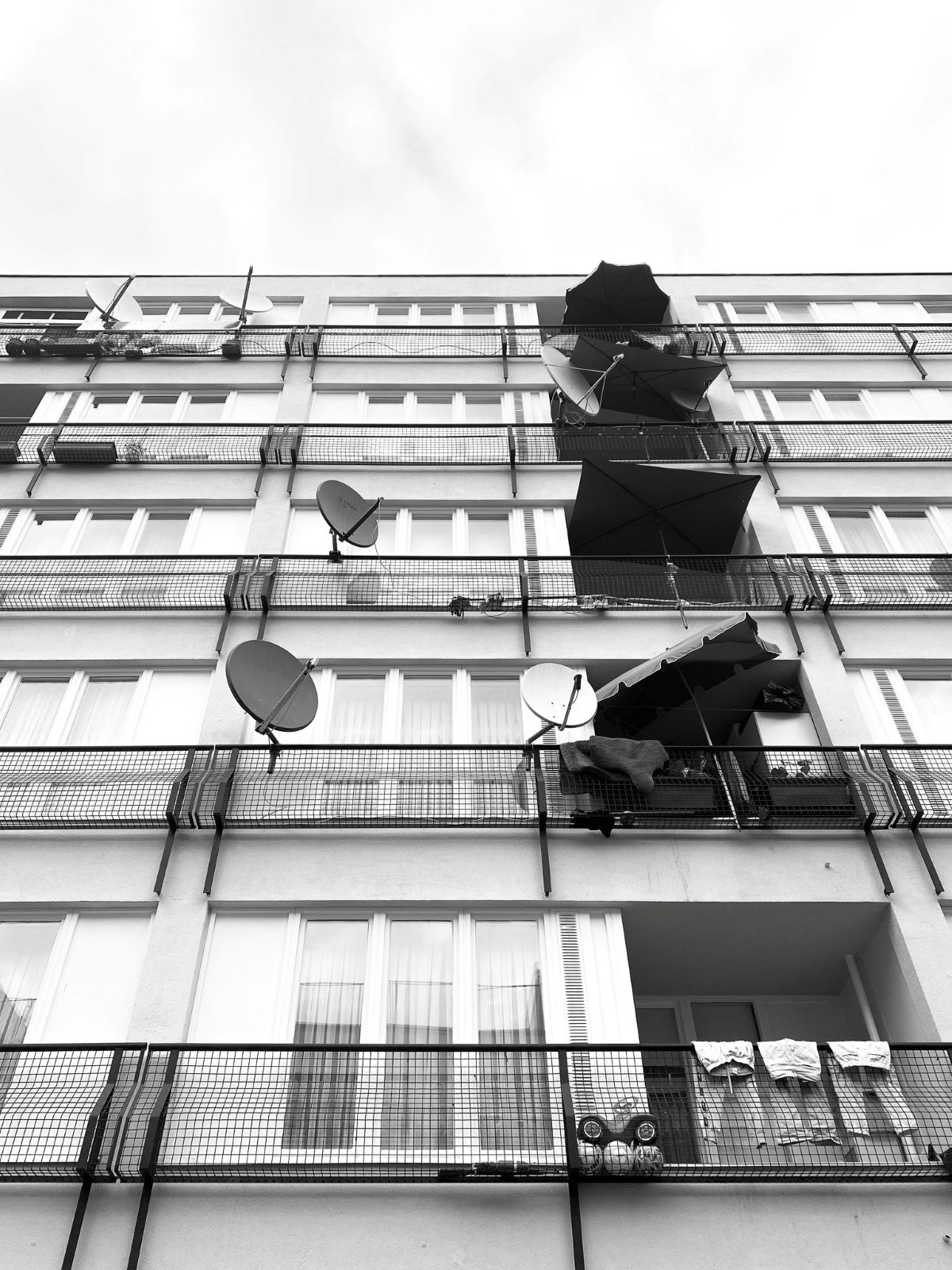As the climate crisis worsens and global demand for data servers continues to rise, managing the residual heat generated by these facilities has become a significant challenge. This project presents an innovative approach to addressing this issue: repurposing historic buildings as data centers, effectively turning the residual heat into a valuable resource instead of an environmental burden.
The project centers around the Hochbunker on Pallasstraße in Berlin. Constructed during World War II, this robust bunker has been a silent witness to history, standing vacant for many years. Our vision is to breathe new life into this historic structure by transforming it into a state-of-the-art data center. The bunker’s strong concrete walls, built to withstand wartime threats, provide an excellent foundation for modern server technology. This adaptation not only preserves the building’s historical essence but also integrates it into the contemporary urban fabric.
What sets this project apart is its focus on creating a mutually beneficial relationship between the bunker and the nearby Pallasseum residential complex, designed by the architect Jürgen Sawade. Our plan is to channel the excess heat generated by the data center to provide a sustainable heating solution for the Pallasseum’s residential units. This innovative heat-sharing system turns what is typically considered waste heat into a resource that enhances the quality of life for the residents. By utilizing this residual energy, we not only increase the efficiency of the data center but also reduce the energy costs and environmental impact for the residential community.
This transformation of the Hochbunker is more than just a functional upgrade; it represents a shift in how we think about historical buildings. Once a symbol of wartime fortification and isolation, the bunker is reimagined as a cornerstone of sustainable urban living. The project bridges the gap between past and present, demonstrating how old structures can be adapted to meet modern needs while retaining their historical significance.
The integration of the data center and the residential complex fosters a new sense of connectivity and community. The heat-sharing system creates a direct link between the technological advancements of the data center and the everyday comfort of the residents. This approach not only addresses the practical challenge of managing residual heat but also contributes to a more sustainable and interconnected urban environment.
By showcasing how historical buildings can be repurposed for contemporary uses, this project sets a precedent for future developments. It highlights the potential for architecture to address pressing environmental issues while honoring and preserving our historical heritage. The Hochbunker’s new role as a data center, combined with its contribution to the Pallasseum, exemplifies how we can harmonize technology, history, and community in meaningful ways.

